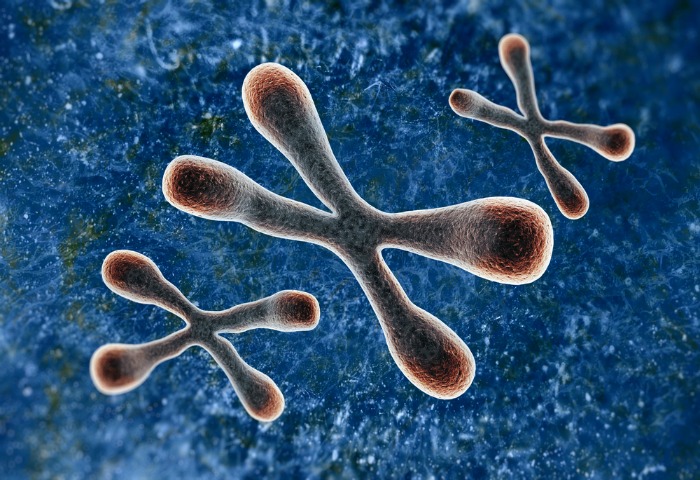Science
May 9, 2003
By Donald Kennedy, Editor-in-Chief
The science and politics of embryonic stem cells (ESCs) in the United States form an extraordinary tapestry, in which scientific and political threads are delicately intertwined. In this issue, we have two carefully presented views on the subject. On p. 911, the director of the National Institutes of Health (NIH) describes the various programs underway at his institutes to classify, evaluate, and share the human embryonic cell lines that were approved for federal funding by President Bush on 9 August 2001. And on p. 913, leading investigators who work with stem cells lay out some of the scientific considerations that must underlie further research based on these cells. Their essay concludes with a recommendation that the United States establish a human ESC repository, like the Stem Cell Bank proposed in the United Kingdom.
Both entries delicately avoid discussing two real political problems. First, much of the scientific community remains unconvinced that the cell lines now available meet research needs. Soon after the presidential order specifying that only cell lines generated before the magic date of 9 August 2001 could be approved for federally funded research, NIH scientists announced that over 70 different lines met that criterion. NIH testimony before Congress in April, however, has indicated that of those, only 11 are now available. The recommendations of the scientists clearly imply that work with new lines will be needed. Second, the stem cell issue has unfortunately been entangled with the issue of cloning, with the result that the politics has tended to take over the science. Congress and the public are already confused enough about cloning; to put stem cells into the mix only compounds the problem.
Cloning actually has no necessary relationship to ESCs, which are usually isolated from excess embryos employed in in vitro fertilization procedures. These cells are clones of one another, but no scientist cloned them! Neither their creation nor their use necessarily involves nuclear transfer, although there are certain purposes for which that technique will be important in the future. What concerns the scientific community now is how access to new lines of stem cells can be arranged.
Why are new lines needed? The approved human ESCs have all been cultured in the presence of mouse cells–called “feeder cells”–that apparently supply needed growth factors. It is believed that contamination from mouse viruses or proteins may make such cells unsuitable for introduction into humans for therapeutic purposes. Fortunately, human ESCs can now be grown and caused to differentiate without the mouse feeder cells. As often happens in research, work done in the United States using nonfederal funds, and in other nations that don’t have restrictions like ours, has brought new methods and skills to the task.
It is plainly not sound policy to retain the current restriction on work with human ESCs. Some have argued that for therapeutic purposes, adult stem cells (cells isolated from embryos in which tissues have already undergone some differentiation) can be used instead. Such cells can produce tissues of their own type, and possibly others by a process that developmental biologists call “transdifferentiation.” That has been a topic for lively scientific debate. Not in debate, however, is whether ESCs can be made to differentiate into any type of adult tissue. They can. In contrast, the search for adult stem cells has produced useful progenitors for some tissues but not for others. Further study on the capacity of adult stem cells, including the transdifferentiation question, is needed.
But in the meantime, we will need ESCs, especially if we hope to use tissues made in culture to remedy certain human diseases and disorders. For that, we will need to have embryonic cell lines derived from persons with the genetic constitution corresponding to those conditions, as Senator Alan Spector (R-Pa.) has urged upon President Bush. In this respect, the problem with the existing cell lines is their lack of genetic diversity. That provides yet another rationale for removing the obstacles to making new lines. Political comfort might be taken from the situation in the United Kingdom, where stem cell research proceeds apace with the blessing of a friendly government. Unless U.S. policy changes, more cell biologists here may decide it’s so friendly they will go and work there.




